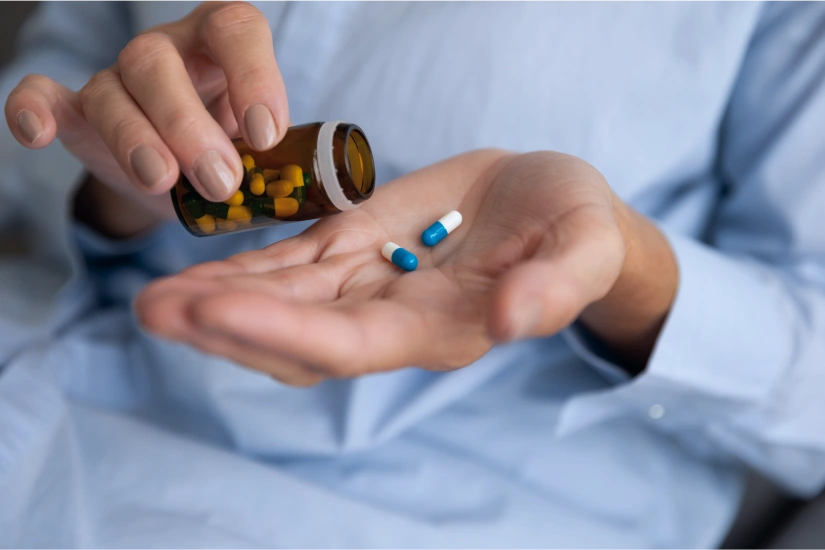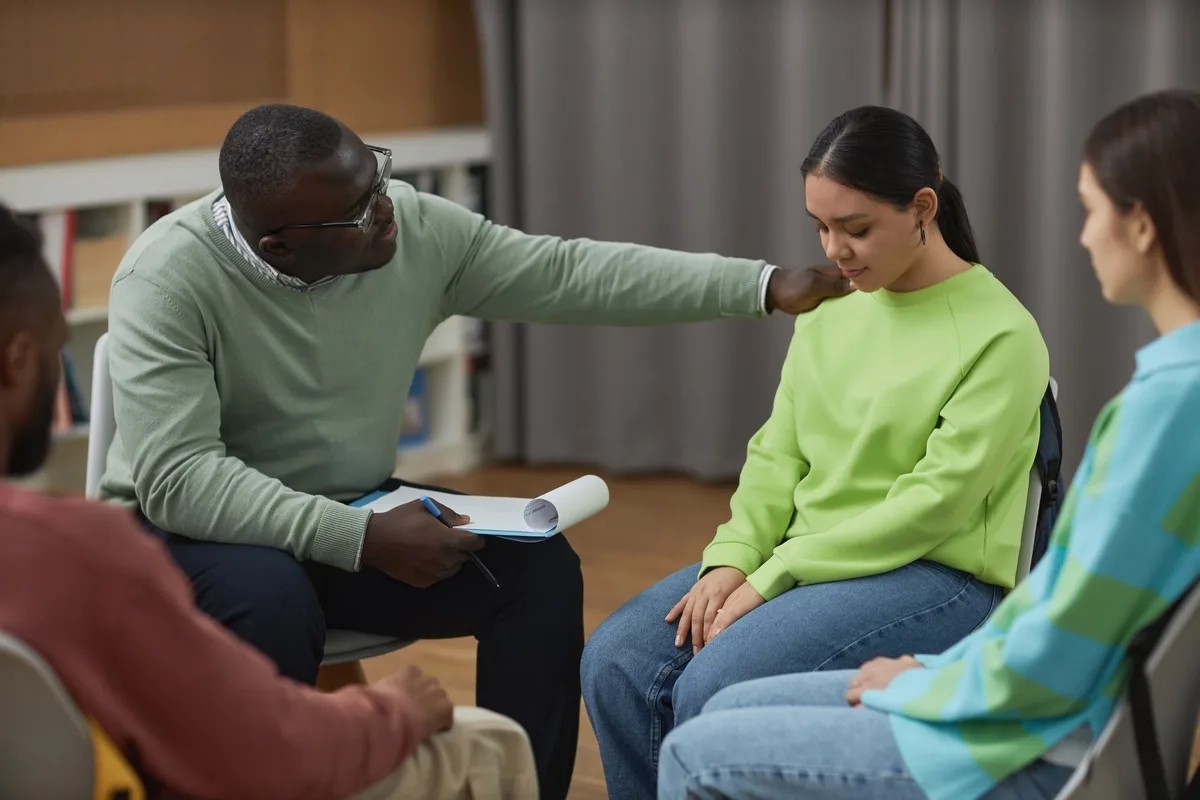24/7 Helpline:
(866) 899-111424/7 Helpline:
(866) 899-1114
Learn more about Opioid Rehab centers in Lima
Opioid Rehab in Other Cities

Other Insurance Options

Optum

Absolute Total Care

Horizon Healthcare Service

Aetna

Optima

PHCS Network

MHNNet Behavioral Health

Molina Healthcare

WellPoint

ComPsych

Health Partners

Sliding scale payment assistance

Regence

Choice Care Network

Amerigroup

Magellan Health

EmblemHealth

CareFirst

Health Choice

BlueShield

















